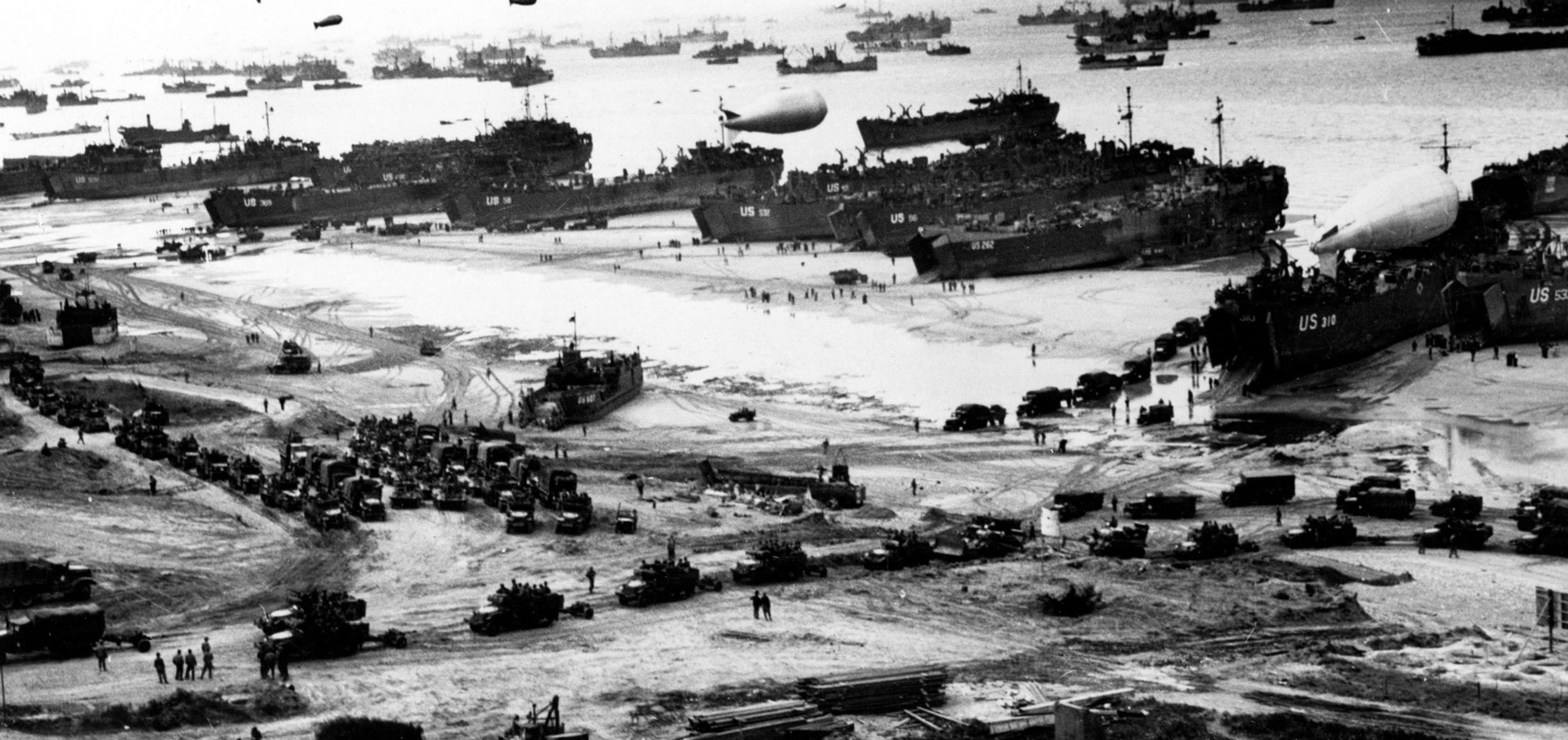In May 1944, the Western Allies were finally prepared to deliver their greatest blow of the war, the long-delayed, cross-channel invasion of northern France, code-named Overlord.
D-Day: The Allies Invade Europe
By https://www.nationalww2museum.org / 2024-06-06In May 1944, the Western Allies were finally prepared to deliver their greatest blow of the war, the long-delayed, cross-channel invasion of northern France, code-named Overlord. General Dwight D. Eisenhower was supreme commander of the operation that ultimately involved the coordinated efforts of 12 nations. After much deliberation, it was decided that the landings would take place on the long, sloping beaches of Normandy. There, the Allies would have the element of surprise. The German high command expected the attack to come in the Pas de Calais region, north of the river Seine where the English Channel is narrowest. It was here that Adolf Hitler had put the bulk of his panzer divisions after being tipped off by Allied undercover agents posing as German sympathizers that the invasion would take place in the Pas de Calais.
Surprise was an essential element of the Allied invasion plan. If the Germans had known where and when the Allies were coming they would have hurled them back into the sea with the 55 divisions they had in France. The invaders would have been on the offensive with a 10-to-1 manpower ratio against them. The challenges of mounting a successful landing were daunting. The English Channel was notorious for its rough seas and unpredictable weather, and the enemy had spent months constructing the Atlantic Wall, a 2,400-mile line of obstacles. This defensive wall comprised 6.5 million mines, thousands of concrete bunkers and pillboxes containing heavy and fast-firing artillery, tens of thousands of tank ditches, and other formidable beach obstacles. And the German army would be dug in on the cliffs overlooking the American landing beaches.
